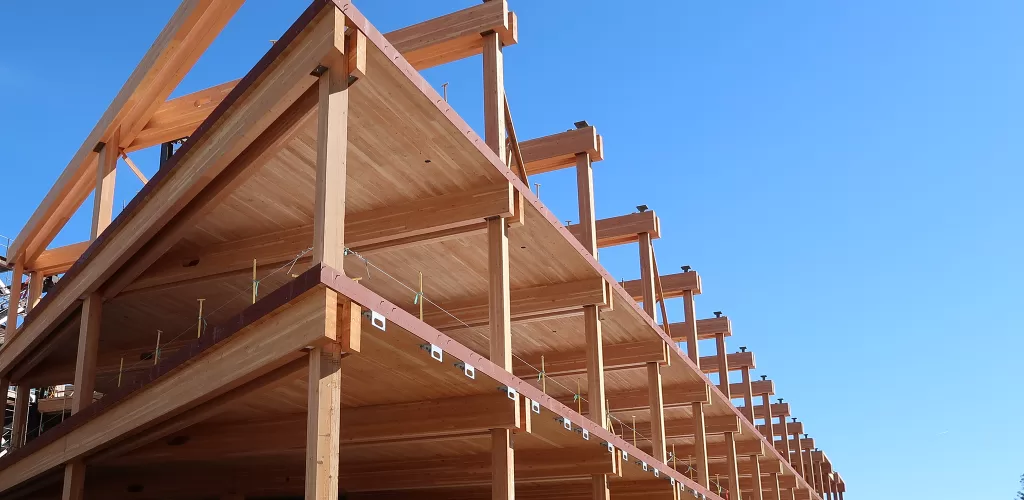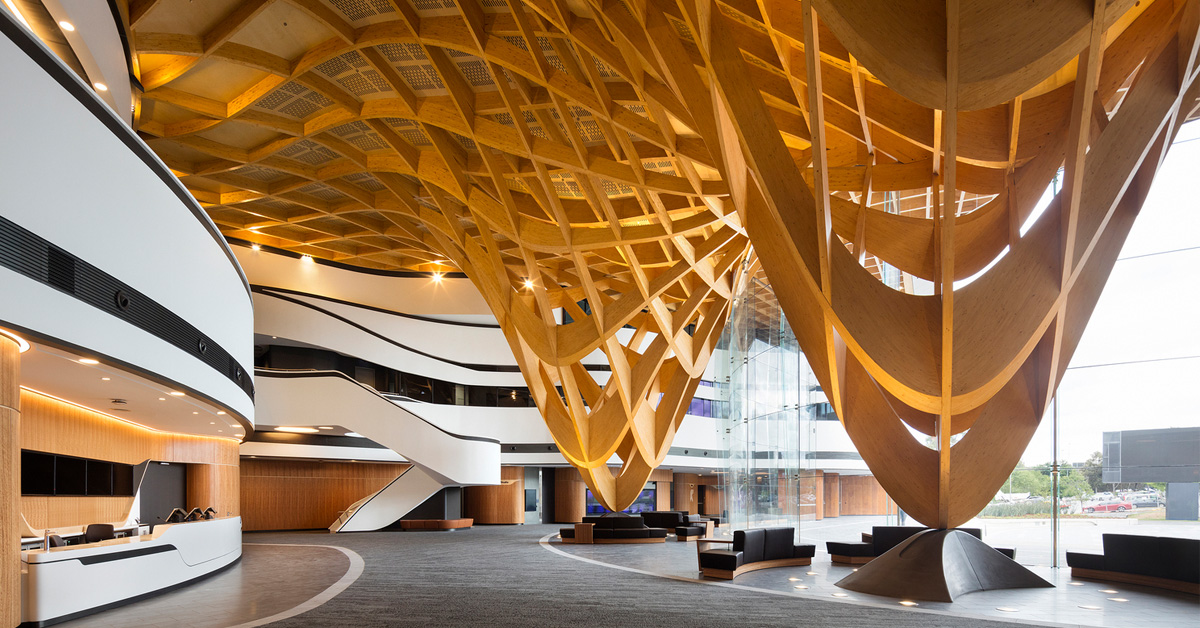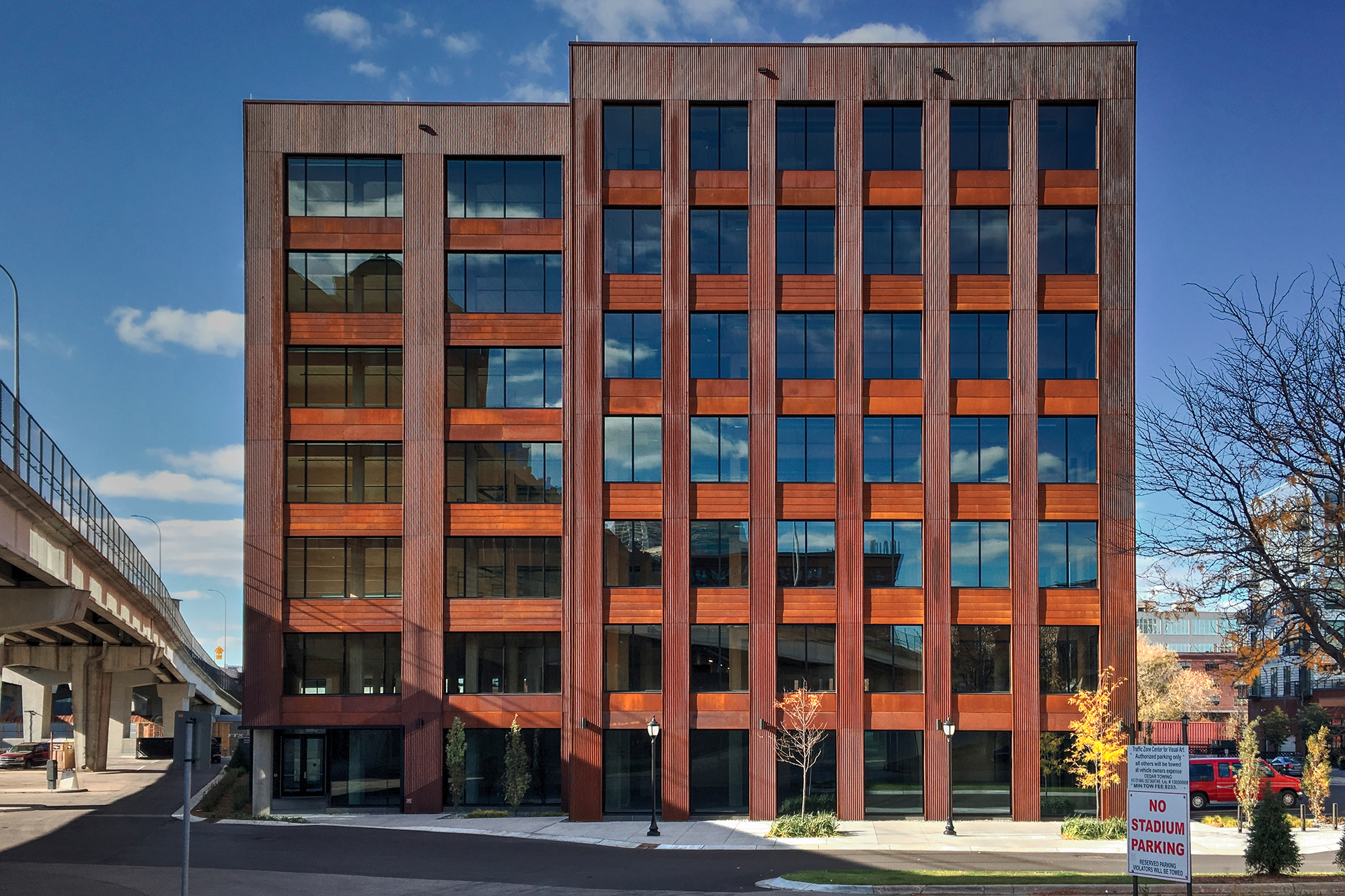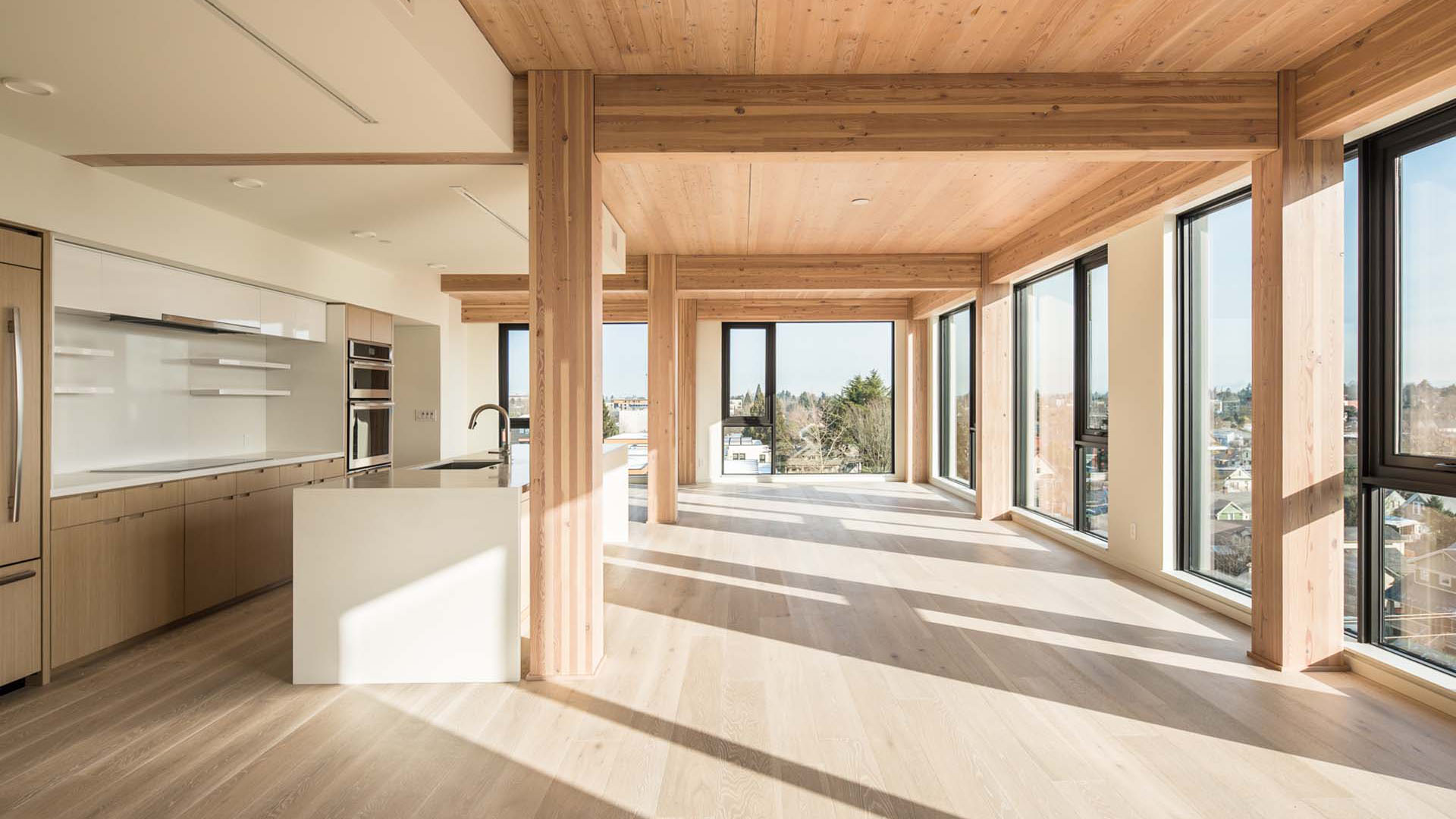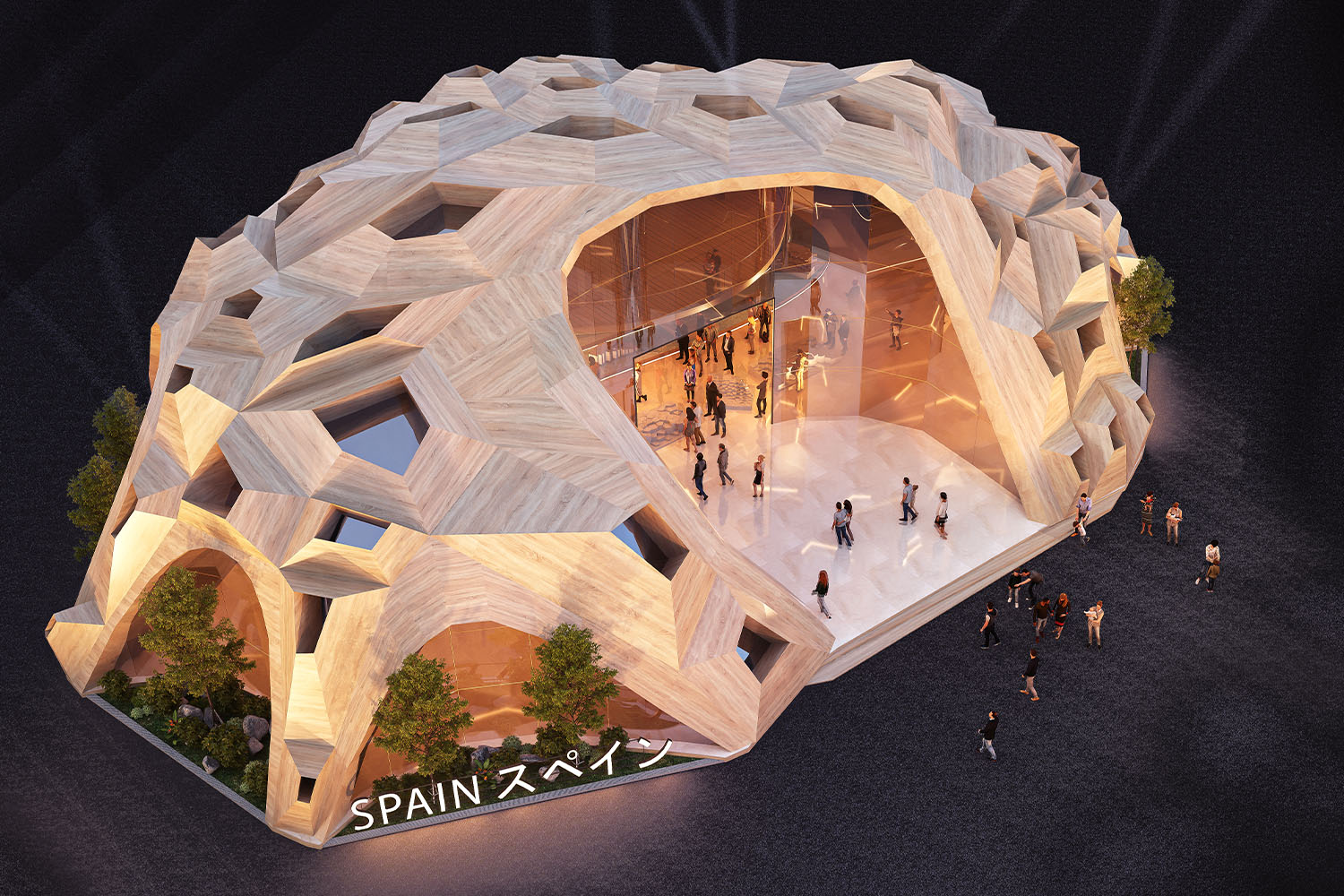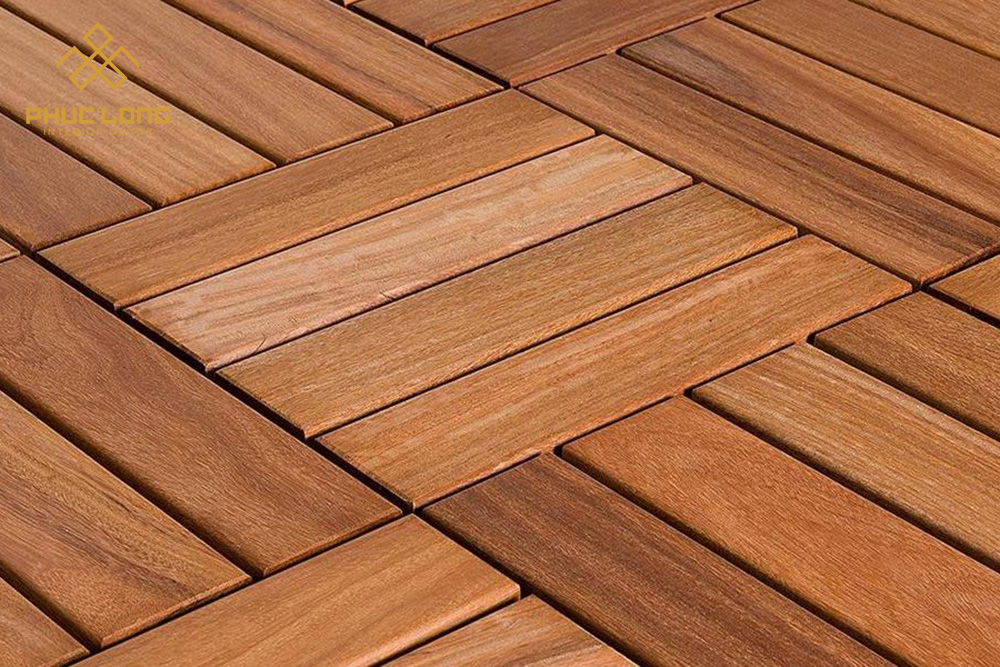Discover how mass timber is revolutionizing the construction industry. Learn about its 5 incredible benefits and why it’s the future of sustainable building.
1. What is Mass Timber?
Mass timber is a revolutionary construction material that’s redefining how we build. It refers to large, solid wood panels, beams, or columns that are engineered for strength and used in building construction. Unlike traditional wood framing, this timber is made by gluing, nailing, or doweling smaller wood pieces together, creating a durable and sustainable building material.
Products of this timber like cross-laminated timber (CLT), glue-laminated timber (Glulam), and nail-laminated timber (NLT) are at the forefront of this innovative approach to building. These products are strong enough to compete with steel and concrete, making them an exciting alternative for architects and builders.
2. Why is Mass Timber Gaining Popularity?
Mass timber is gaining traction worldwide due to its eco-friendly nature, cost-effectiveness, and design versatility. As the construction industry seeks sustainable solutions, it is emerging as a preferred choice for projects ranging from small homes to high-rise buildings. This surge in popularity is driven by the material’s ability to reduce carbon emissions, speed up construction time, and provide exceptional strength.
Some reasons:
- Sustainability: It’s a renewable resource that reduces the carbon footprint of buildings.
- Efficiency: Prefabricated panels make construction faster and more efficient.
- Aesthetic Appeal: The natural beauty of wood adds warmth and character to structures.
3. 5 Incredible Benefits of Mass Timber
Sustainability and Low Carbon Footprint
Mass timber is a renewable resource, making it a more sustainable choice compared to traditional materials like steel and concrete. Trees absorb carbon dioxide during their growth, and when harvested responsibly, they continue to store carbon, reducing greenhouse gas emissions. By using it, you’re not only building efficiently but also contributing to a greener planet.
Strength and Durability
One common misconception is that wood isn’t as strong as steel or concrete, but mass timber challenges that notion. Due to the way it’s engineered, mass timber products are incredibly strong and durable. For example, cross-laminated timber (CLT) is designed to handle heavy loads, making it suitable for multi-story buildings.
Faster Construction Times
Mass timber panels are prefabricated, meaning they’re manufactured off-site and then assembled on-site, reducing construction time significantly. This not only speeds up the building process but also reduces labor costs and minimizes disruption to surrounding areas.
Fire Resistance
Contrary to popular belief, mass timber is highly fire-resistant. When exposed to fire, it chars on the outside, forming a protective layer that insulates the inner core. This charring process slows down the spread of fire, giving this timber an edge over other construction materials.
Aesthetic Appeal and Design Flexibility
The natural beauty of wood adds warmth and a unique aesthetic to any building. Mass timber can be used for various architectural styles, allowing architects to explore innovative designs. Its versatility means it can be used in floors, walls, ceilings, and even entire structural systems.
4. Mass Timber vs. Traditional Building Materials
| Feature | Mass Timber | Concrete | Steel |
|---|---|---|---|
| Sustainability | Renewable & low carbon | High carbon emissions | High carbon emissions |
| Construction Speed | Fast, prefabricated | Slow, requires curing time | Fast but costly |
| Strength | High strength & flexible | Very strong | Extremely strong |
| Fire Resistance | Chars, retains strength | Can crack under heat | Loses strength in high heat |
| Aesthetic Appeal | Warm, natural look | Cold, industrial look | Cold, industrial look |
5. Real-Life Examples of Mass Timber Projects
Brock Commons Tallwood House (Vancouver, Canada)
Standing at 18 stories, Brock Commons was the world’s tallest mass timber building when completed in 2017. This student residence building demonstrated that mass timber could be used for high-rise construction safely and efficiently.
The T3 Building (Minneapolis, USA)
The T3 building (Timber, Technology, Transit) is a seven-story office building constructed entirely of mass timber. It offers a unique blend of modern design with sustainable materials, making it an iconic mass timber project.
Sara Kulturhus Centre (Skellefteå, Sweden)
The Sara Kulturhus Centre is a 20-story cultural center made of mass timber, showcasing how this material can be used for large-scale, multifunctional projects. It’s not just a testament to the strength of mass timber but also to its beauty and design flexibility.
6. Challenges and Considerations
- Cost: While mass timber can lead to cost savings in the long run, the initial investment can be higher than traditional materials.
- Regulatory Hurdles: Building codes in some regions may not yet fully support mass timber construction, posing challenges for certain projects.
- Sourcing and Supply: Sustainable sourcing of wood is crucial, as overharvesting can negate the environmental benefits of mass timber.
However, as awareness and demand for sustainable building grow, these challenges are gradually being addressed.
7. The Future in Construction
The future of mass timber looks promising, with advancements in technology and a growing emphasis on sustainable building practices. More architects and developers are recognizing the potential of this timber for creating efficient, beautiful, and environmentally friendly structures. As building codes adapt and more projects embrace this innovative material, mass timber is set to become a staple in the construction industry.
Some exciting trends include:
- Hybrid Construction: Combining mass timber with steel or concrete for enhanced strength and flexibility.
- Tall Timber Buildings: More high-rise buildings incorporating mass timber, showcasing its potential for large-scale projects.
- Innovative Design: Architects experimenting with mass timber to create unique, eye-catching designs.
8. Conclusion
Mass timber is undoubtedly a game-changer in the construction industry, offering sustainability, strength, and design flexibility that’s hard to match. Its ability to reduce carbon emissions, speed up construction, and deliver stunning aesthetics makes it a powerful choice for the future of building.
You can read more articles by visiting our blog here.

